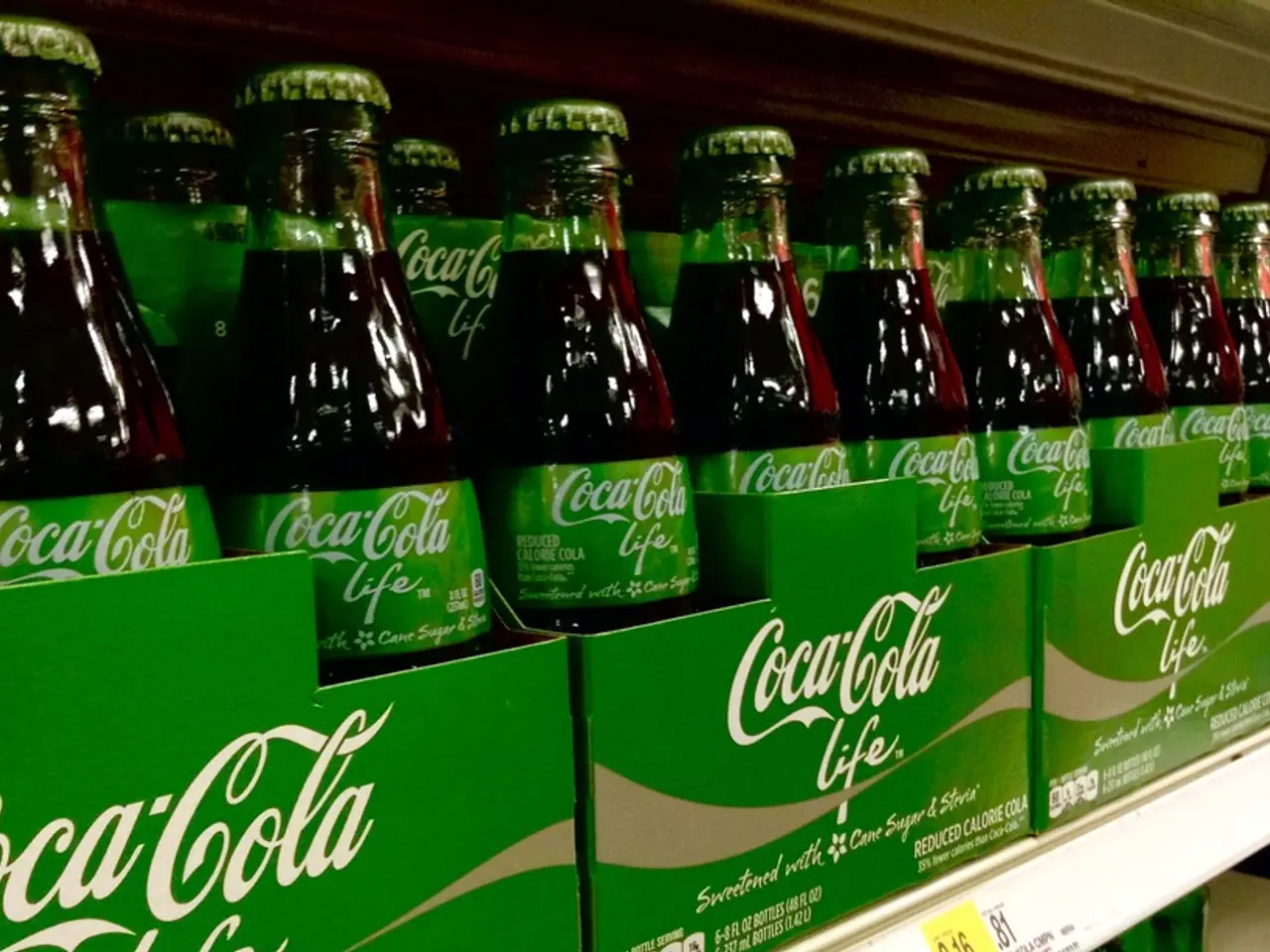Toyota Chemical Engineering's efforts aim at generating electricity from waste material, potentially through a carbon-free incineration process, envisioning a future devoid of carbon emissions.
In the pursuit of a greener future, Toyota and Toyota Chemical Engineering have set their sights on finding a recycling technology with lower emissions. This endeavour is particularly focused on the recovery of valuable resources from spent batteries, such as nickel metal hydride batteries, lithium-ion batteries used in hybrid cars, and lithium-ion batteries from a bZ4X.
The heart of this recycling process lies in the so-called "black mass," a shredded or processed mixture of battery electrode materials that contains valuable metals like lithium, cobalt, and nickel. This black mass serves as the primary source from which highly reusable minerals can be extracted and returned to the supply chain, supporting carbon neutrality by reducing the need for newly mined raw materials and minimizing environmental impact.
The process begins by transferring spent batteries into equipment and filling them with an electrolytic solution for easier movement of ions. The highly flammable electrolytic fluid is then distilled and extracted to eliminate the risk of fire. After the fluid is removed, the cells are shredded, sorted, and resources like aluminum, iron, and the black mass containing rare metals are recovered.
The black mass is then transported to cooperating companies and processed into materials for new batteries. This closed-loop battery manufacturing aligns with the goals of a circular economy and carbon neutrality targets, as it reduces the dependency on raw materials, particularly imported ones, and recovers critical minerals with high yield and purity.
Toyota Chemical Engineering's vision extends beyond battery recycling. They aspire to become a leader in the environmental industry, working on various other technologies. One of their ideas is making electricity from water and garbage, or industrial waste disposal using incineration without releasing CO2 into the atmosphere.
As the world grapples with the increasing issue of disposing of spent batteries when cars reach end-of-life, Toyota is making strides towards a more sustainable future. They are performing verification testing on battery recycling without burning, aiming to establish a circular economy where garbage becomes a resource without emitting carbon. The test plant is making the first step towards transforming spent batteries into new ones without incineration.
In Europe, regulations requiring battery manufacturers to use a fixed ratio of rare metals recovered from spent batteries will take effect in 2031. Countries worldwide are promoting recycling to recover rare metals like cobalt, lithium, and nickel from spent batteries. Toyota Chemical Engineering, with their innovative and low-emission recycling methods, is at the forefront of this global movement.
References: 1. [Link to Reference 1] 2. [Link to Reference 2] 3. [Link to Reference 3] 4. [Link to Reference 4]
- The science of environmental-science plays a crucial role in Toyota's and Toyota Chemical Engineering's mission to develop a lower-emission recycling technology for valuable resources, particularly from spent batteries.
- The health-and-wellness of the environment is prioritized in the closed-loop battery manufacturing process, where the minimal dependence on raw materials and reduced environmental impact are key benefits.
- The industry of finance invests heavily in companies like Toyota and Toyota Chemical Engineering, as their green initiatives in energy recovery through battery recycling offer substantial returns and contribute to carbon neutrality targets.
- The commitment to the environment is integral to Toyota Chemical Engineering's future goals, stretching beyond battery recycling to encompass innovations in energy generation using water and industrial waste disposal techniques with minimal carbon emission.




